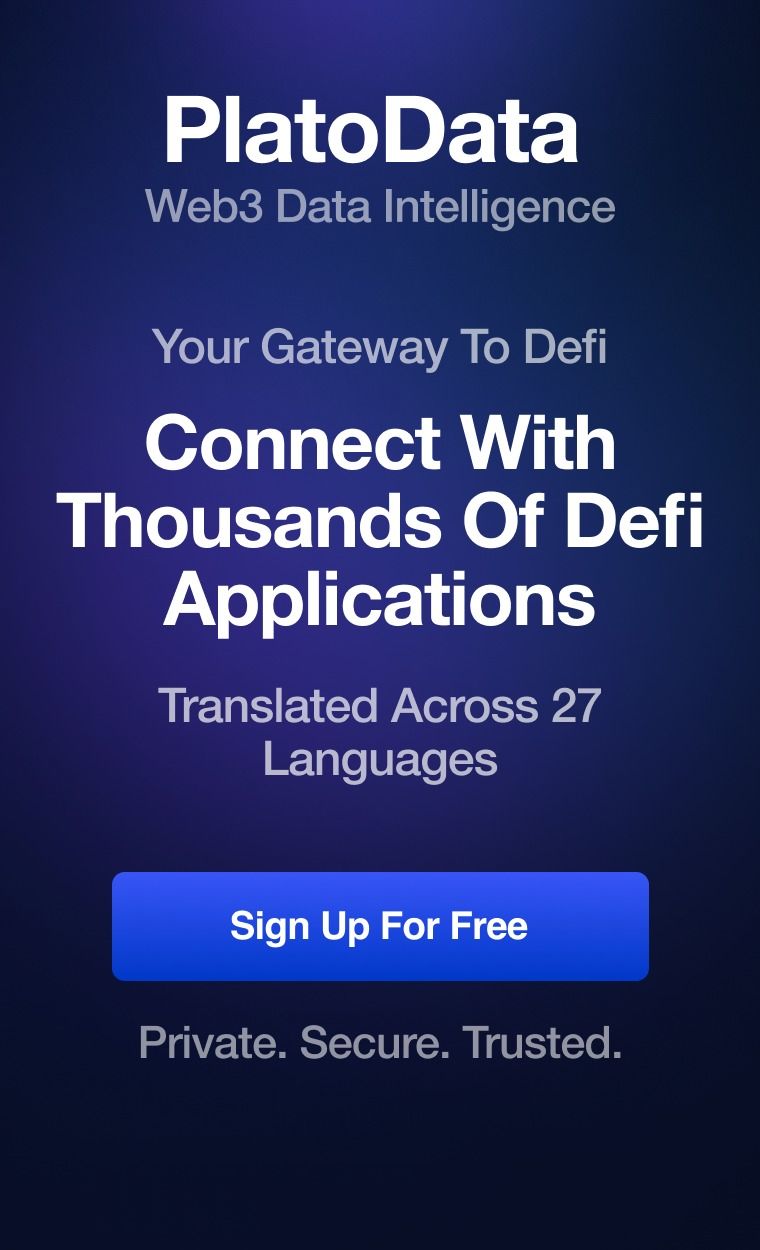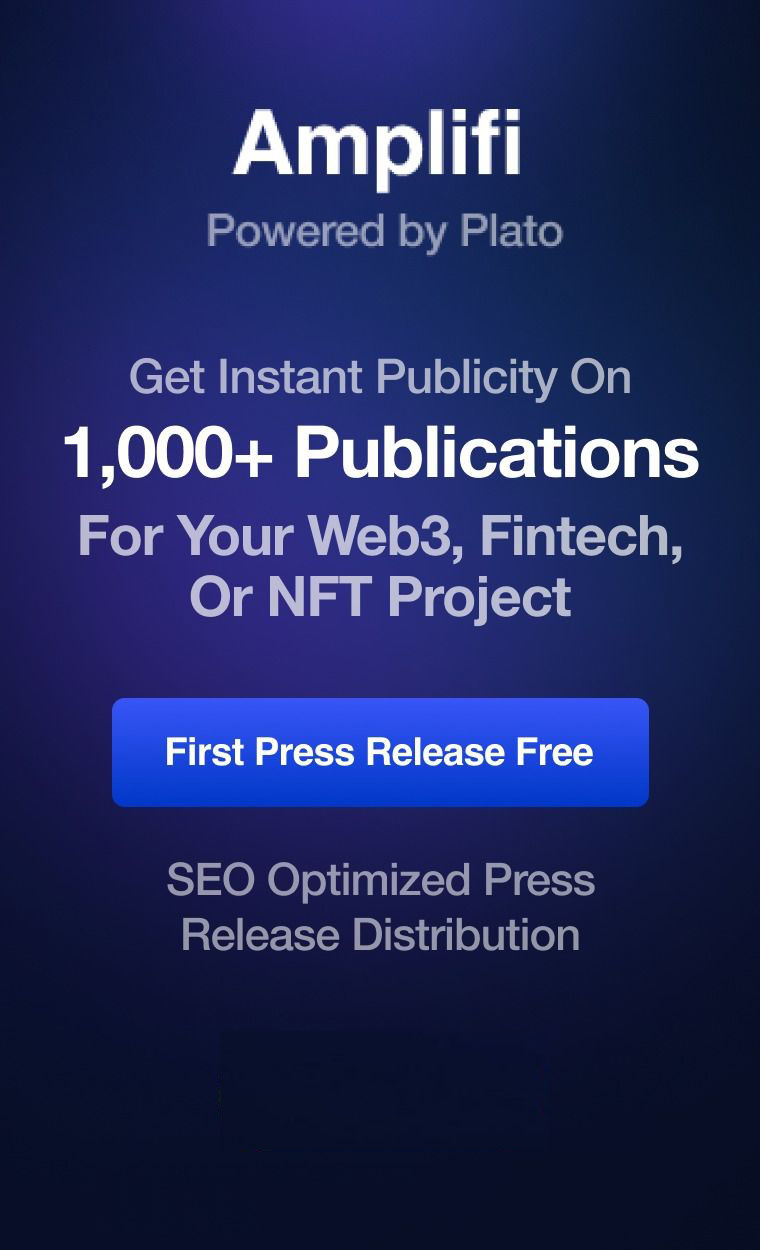
Click to learn more about author
Vinay Ravuri.
According to recent research by CCS Insight, there will be almost a quarter of a billion 5G connections worldwide by the end of 2020. They say this number is expected to triple in 2021 and grow to 3.6 billion globally by 2025. 5G will impact the way we live and work today — improving connectivity speeds and services for everyday gadgets like cell phones, tablets, and laptops is only one aspect of what 5G will enable. 5G monetization will go way beyond consumer services, notes mobility giant Ericsson — in their 5G for business (a 2030 market compass report), they state:
“The addressable market increases exponentially with the introduction of faster, extremely low latency mobile networks that will allow enterprises from different business segments to provide new and revolutionary services.”
Enterprise
5G Deployments Gain Steam, Spotlight True Value of 5G
We will see a substantial increase in 5G
trial initiatives by enterprises over the next 12 months, especially in
verticals such as manufacturing, energy, and surveillance, to enable
mission-critical applications that require low latency. In 2021, consumer
handsets will remain the most widely adopted 5G use case, focused on allowing
faster data speeds for users, before being overtaken by enterprise applications
in 2022. These enterprise and industrial deployments will offer more radical
disruptions and significant value-added services and apps associated with
5G. They will utilize new attributes and properties, such as
Ultra-Reliable Low Latency Communications (URLLC), Massive-Machine Type
Communications (MMTC), and private bands, which are uniquely 5G. (For
example, when a mobile device misses frames while playing a YouTube video, this
will only impact the user in a minor way. However, when an industrial
surveillance drone or autonomous vehicle loses connection or is slow to receive
critical signals, it may crash, endangering safety, or leave field staff vulnerable
to accidents and leading to significant equipment and property damages.)
Efforts like CBRS and O-RAN will allow
enterprises to deploy private 5G networks at lower operating price points,
allow new providers to enter the market, and bridge the digital divide.
We may see traditional consumer 5G vendors
entering the enterprise space, but these companies will struggle to pivot away
from the traditional consumer markets based on available internal resources and
expertise. Incumbents will certainly not ignore the enterprise market; however,
they are not likely to put all their eggs in that basket as newer players will.
5G Geopolitics
Do Not Halt Adoption
Although the ever-changing global
permissions regarding Huawei equipment usage may impact the companies’
investment in innovation and profitability, this trend will not affect overall
5G adoption. Instead, these uncertainties provide an opening for innovative
startups to gain footing in the market. In 2021, driven by the rapidly
increasing demand for 5G, country bans on specific equipment vendors will not
impact 5G adoption or innovation and instead open up the prospect base for
other vendors.
Equally, customer and market innovation of
5G will predicate on innovation at the silicon level. This will give rise
to innovation at both a software and hardware level. Operators and OEMs
will also look for novel solutions that can achieve new levels of performance,
power, and TCO apart from existing traditional merchant silicon offerings.
Network Systems
Become Open, While Monolithic Solutions Evolve or Get Left Behind
Similar to what happened in the data center
space, OpenRAN (O-RAN) will become more mainstream, challenging monolithic
solutions of the past. Prior to the open source software trend for data centers,
large companies such as Dell, HP, and IBM dominated in this market. When
companies like Facebook and Google stepped into this space, they popularized
the belief that monolithic solutions are outdated, and companies should instead
disaggregate the hardware from software and use open source software rather
than commercial. Today, as a result of open compute standards, commoditized
hardware, and open source software offerings, the market is much more
democratized, which has resulted in lower costs and increased vendor
competition, more customization, and more room for innovation.
No matter the hype, 5G vendors are still
highly consolidated today. To scale 5G solutions with efficiency, intelligence,
and versatility, the market will prioritize O-RAN solutions rather than
monolithic ones. We will see white box hardware and open source software
elements from different vendors. O-RAN will present the opportunity for a lot
more startups to get a hold in this space. We have already seen big cloud
operations making announcements and investments in open source technology in
2020, and this wave will continue in 2021 and beyond.
AI-Enabled Automation
at the Edge Brings Manufacturing Back to the U.S.
Enabled by reliable, high-performance 5G connectivity and real-time edge computing capabilities, enterprises will more rapidly implement AI technology to support various use cases across their organizations, including robotic assembly lines, autonomous vehicles, augmented reality training, and more. These intelligent, AI-driven solutions will automate traditional, manual processes to increase performance and visibility while lowering cost.
Traditional manufacturing settings employ a
significant amount of manual labor. To keep operational costs low, many
industries have taken their factories outside of the U.S. By implementing AI
throughout factories, manufacturing can automate many resource-expensive tasks.
For example, Tesla was able to place its factories in one of the world’s most
expensive geographies by automating most of its factory functions. By utilizing
AI to operate their robot workers, there is a massive opportunity for the western
world to reshore or nearshore manufacturing operations. In 2021, manufacturers
will lay the groundwork for company-wide, cost-effective industrial automation.
Over the next five years, we will see these industries completely transform
themselves due to the automating power of real-time AI.
With an overwhelming tsunami of data being generated by more
end devices at the edge, it is even more important to process this data in real-time
as close to the data source as much as possible. I look forward to seeing how
these predictions will become a reality over the next 12-months.
Source: https://www.dataversity.net/how-5g-will-impact-data-and-enterprises-in-2021/



